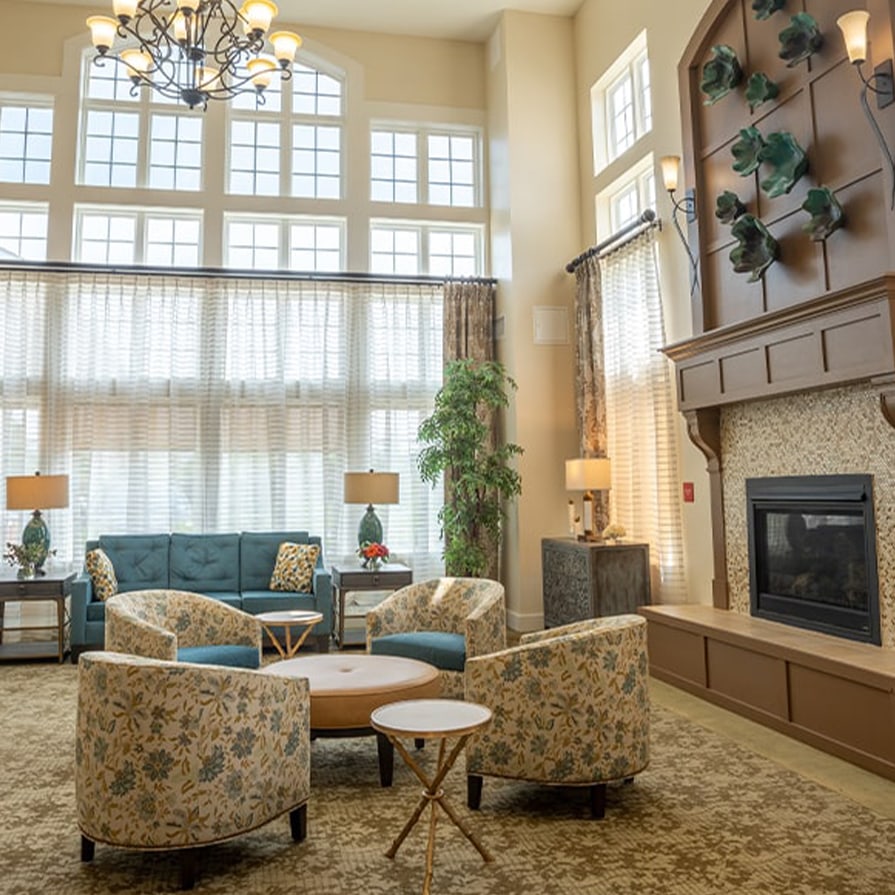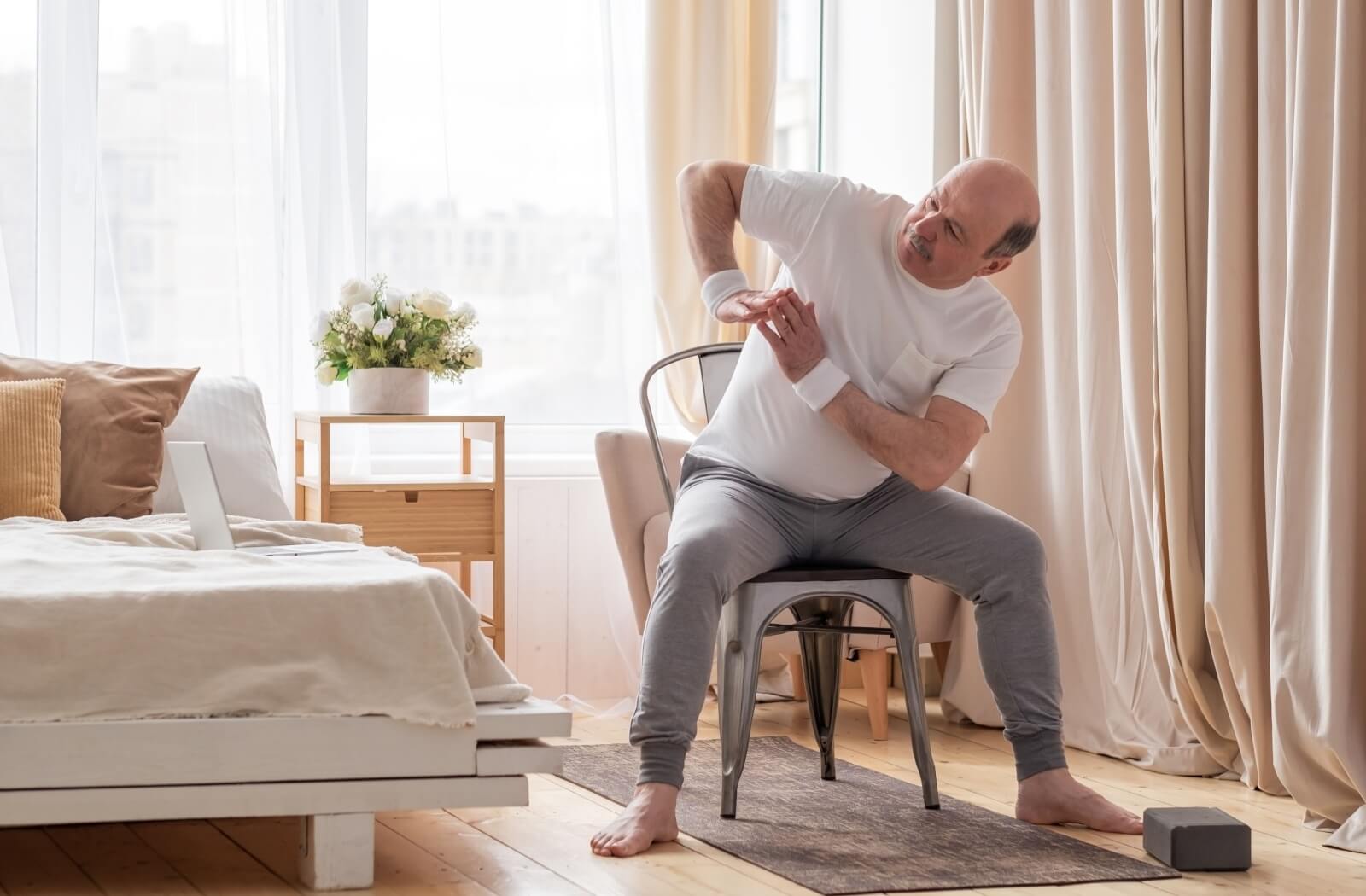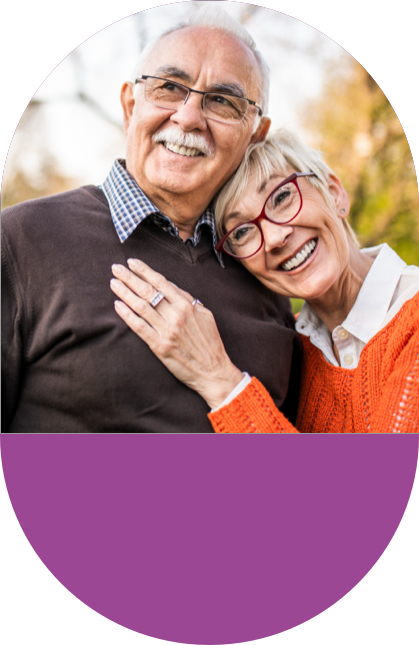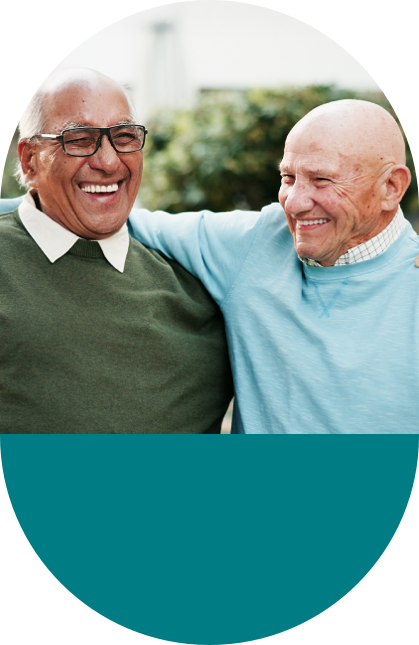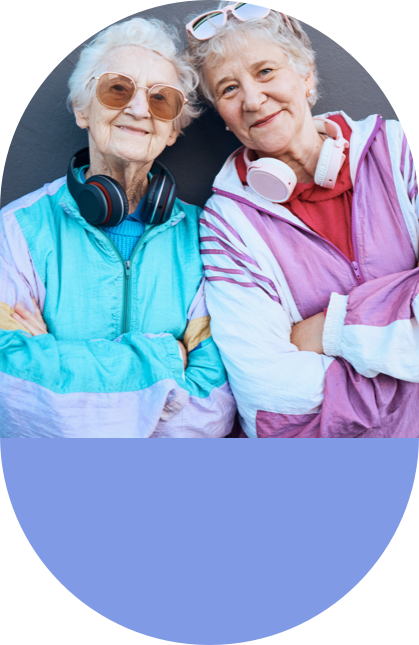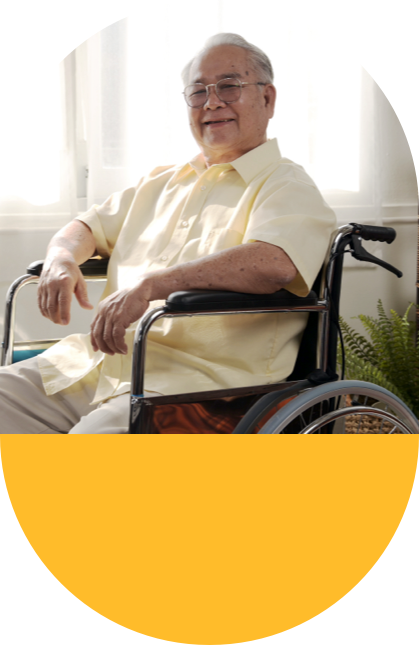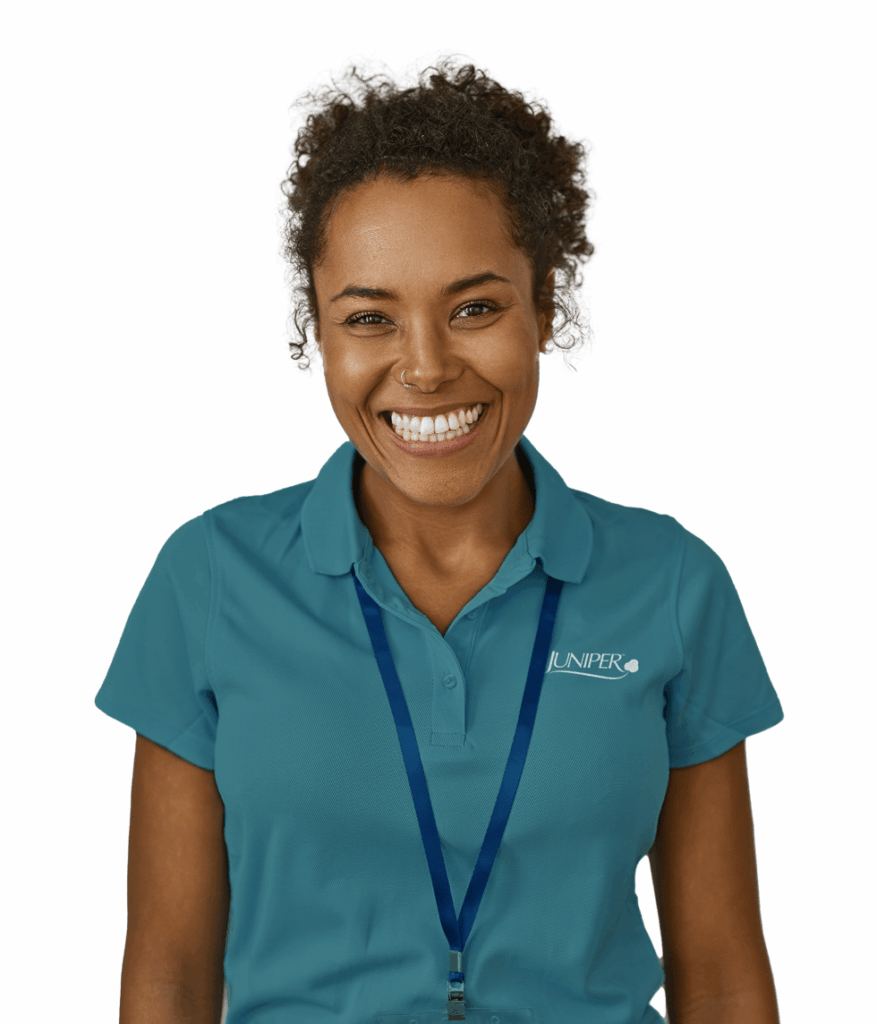Maintaining mobility as we age is one of the keys to preserving independence, improving quality of life, and boosting overall happiness. For older adults dwelling in assisted living communities, regular physical activity can make a world of difference—both physically and mentally.
Assisted living communities recognize how staying active helps residents thrive in their third act by nurturing their spirits, promoting vibrant living, and creating opportunities for connection.
Exercising in an assisted living setting can be safe, enjoyable, and highly beneficial when guided by staff and tailored to individual needs.
The top 5 exercises that help older adults maintain mobility include:
- Chair yoga
- Walking
- Strength training
- Tai chi
- Water aerobics
1. Chair Yoga
Chair yoga is a gentle but effective way for older adults to improve flexibility, balance, and strength. Unlike traditional yoga, chair yoga uses a sturdy chair for support, making it ideal for those with limited mobility or balance concerns. Simple poses like seated twists, forward folds, and ankle rotations can be done comfortably and safely.
Benefits:
- Improves flexibility in the joints and muscles.
- Enhances posture and core strength.
- Reduces stress and promotes relaxation.
Tips for Safe Practice:
- Always use a stable chair without wheels.
- Move at your own pace, avoiding any positions that cause discomfort.
- Practice deep breathing throughout the session to maximize relaxation.
2. Walking
Walking is one of the simplest yet most effective exercises for older adults. Walking indoors or outdoors is an excellent way to enhance cardiovascular health, strengthen leg muscles, and boost mood. Many assisted living communities have picturesque walking paths or indoor walking clubs, encouraging residents to stay active year-round.
Benefits:
- Supports heart health by improving circulation.
- Aids in maintaining a healthy weight.
- Boosts mental wellness through the release of endorphins.
Tips for Safe Practice:
- Opt for well-lit, even surfaces to reduce the risk of slips or falls.
- Use comfortable, supportive shoes with good grip.
- Walk with a friend or group for added encouragement and safety.
Juniper offers accessible environments where residents can safely enjoy walking as a daily activity, with plenty of opportunities to explore their surroundings in the company of their peers.
3. Strength Training with Light Weights or Resistance Bands
Strength training isn’t just for bodybuilders—it’s crucial for older adults to maintain bone density, muscle mass, and overall strength. Using light hand weights or resistance bands allows older adults to improve their physical health without overexerting themselves. Exercises like bicep curls, leg lifts, and rows are excellent starting points.
Benefits:
- Improves functional strength for everyday activities, like lifting groceries.
- Helps prevent bone loss associated with osteoporosis.
- Enhances stability, reducing the risk of falls.
Tips for Safe Practice:
- Start with light weights or resistance bands and gradually increase intensity.
- Perform each movement slowly and deliberately to avoid injury.
- Consult with staff or physical trainers in the community to ensure proper technique.
4. Tai Chi
Tai Chi is a slow, flowing form of exercise that combines movement, balance, and mindfulness. Known as “meditation in motion,” tai chi is especially beneficial for older adults as it focuses on improving balance and coordination—two abilities that tend to decline as we live longer.
Benefits:
- Improves balance and reduces the risk of falls.
- Enhances flexibility and joint mobility.
- Promotes relaxation and reduces anxiety.
Tips for Safe Practice:
- Start with beginner-level exercises or modified forms suited to your mobility.
- Dress comfortably and ensure the practice area is free of obstacles.
- Focus on breathing deeply and moving deliberately.
Many assisted living communities organize group tai chi sessions, allowing residents to connect with one another while reaping the rewards of this soothing exercise.
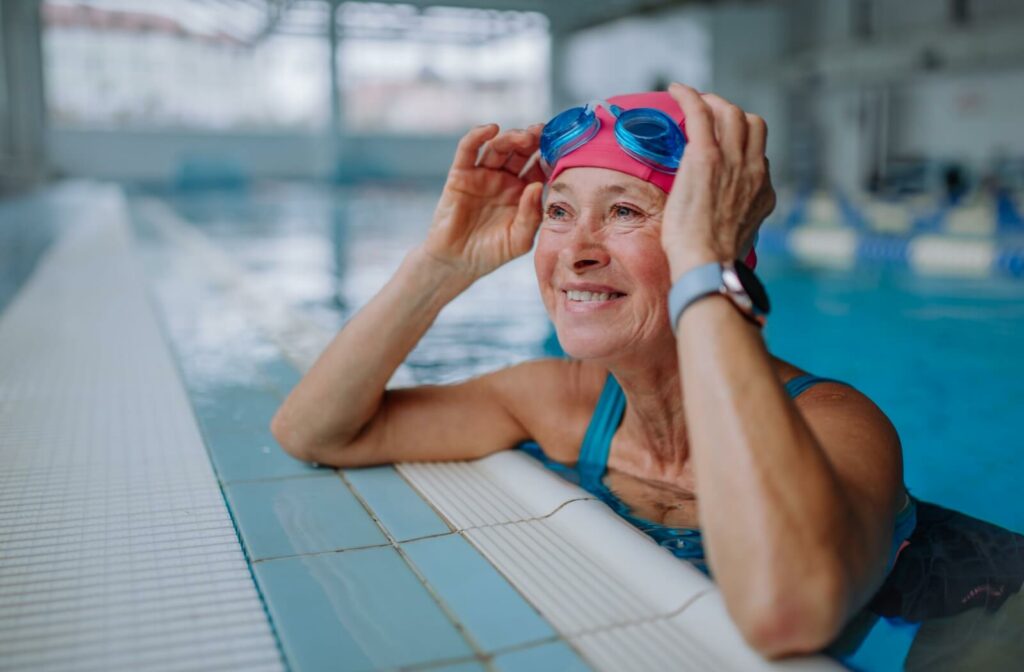
5. Water Aerobics
When it comes to low-impact full-body workouts, water aerobics is unbeatable. Exercising in water reduces joint strain while allowing for a greater range of motion. Many assisted living communities with pools provide water exercise classes, making it easy for residents to participate.
Benefits:
- Builds muscle strength and improves cardiovascular health.
- Eases joint pain for individuals with arthritis.
- Enhances overall endurance and energy.
Tips for Safe Practice:
- Always use a pool with a lifeguard on duty or proper supervision.
- Invest in water-friendly shoes for added grip and support.
- Focus on gentle movements, like leg kicks or arm strokes that work your entire body without strain.
The Role of Assisted Living in Supporting Active Lifestyles
Assisted living communities like Juniper empower residents to remain active and engaged by creating an environment that promotes wellness and personal growth.
From dedicated fitness areas to group exercise classes, these communities provide a wealth of resources to support older adults in maintaining their mobility. Plus, the encouragement of peers and caring staff fosters a sense of belonging, making exercise less of a chore and more of a joy.
Staying physically active is not just about prolonging years—it’s about enhancing quality of life. Whether joining a tai chi group, strolling along scenic paths, or participating in chair yoga, every effort counts. With the right environment and a willingness to stay active, older adults can continue living each day with strength, independence, and vitality.
Discover Vibrant Living at Juniper
Exercise is the gift we give our future selves—and there’s no better time than now to start moving. Life in the third act should celebrate the authentic you!
Discover the vibrant and supportive lifestyle waiting for you at Juniper Village at Lincoln Heights. See how we make staying active, connected, and joyful a part of daily life by scheduling a visit today and taking the first step toward your brighter third act!

